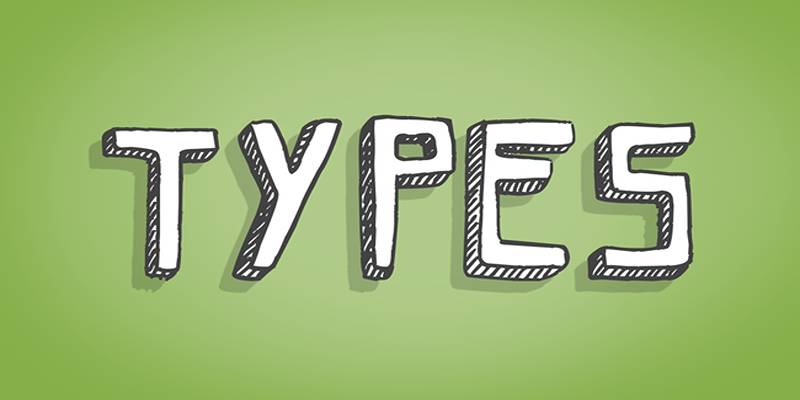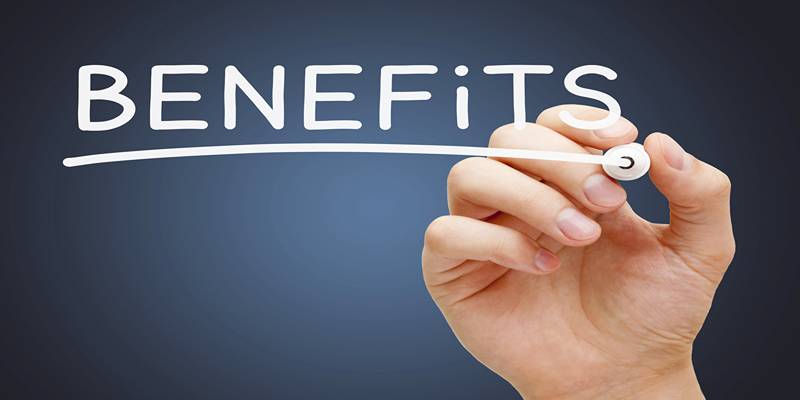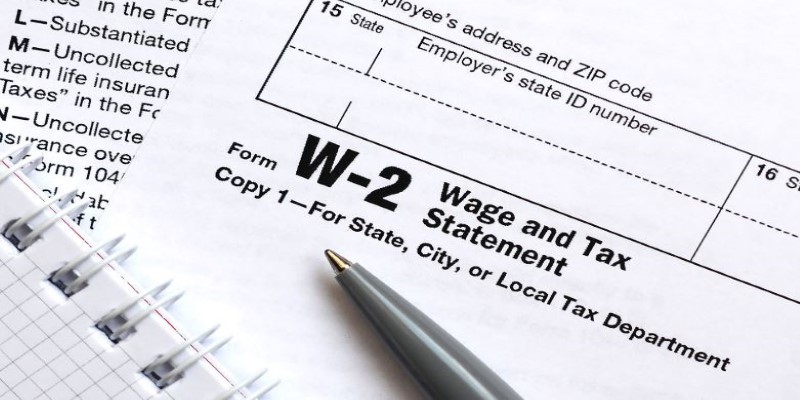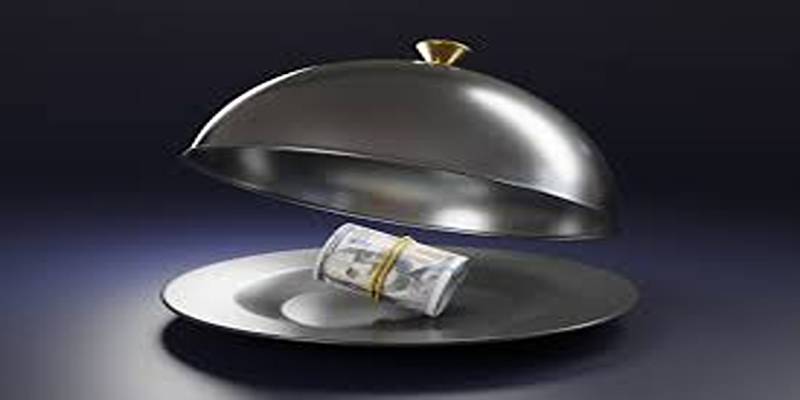Managing debt can be overwhelming, especially when you have multiple loans or credit card balances to keep track of. Fortunately, debt consolidation programs offer a solution by combining your existing debts into one manageable loan or payment plan. This process simplifies your finances, reduces the number of payments you need to make each month, and may even help you save money by lowering your interest rates.
This post will explain how debt consolidation works, explore its benefits, and weigh the potential drawbacks. Understanding how these programs function will help you make an informed decision about whether debt consolidation is the right choice for your financial situation.
Types of Debt Consolidation Programs

There are different ways to combine your debts, and the best one for you will rely on your finances. For debt restructuring, the three main types are:
- Debt Consolidation Loan: This is the type of fusion that happens most often. You borrow more money to pay off your old bills. The interest rate on this loan is usually lower than the interest rates on your other debts. It will save you money on interest and help you pay off the debt faster. You can either protect this loan with something like a house or car as collateral, or it can be unsecured (based only on your creditworthiness).
- Balance Transfer Credit Cards: Some credit cards offer 0% APR for a certain period, allowing you to transfer high-interest credit card balances onto this new card. While this can be an effective way to reduce interest, it’s important to pay off the balance before the promotional period ends, as the APR will rise significantly afterwards.
- Debt Management Plan (DMP): This option involves working with a debt consolidation company that negotiates with your creditors to reduce interest rates and create a single monthly payment plan. The company handles the disbursement of payments to your creditors, and you only need to make one payment to the company. It is typically suitable for individuals who have several unsecured debts, such as credit card balances and medical bills.
How Do Debt Consolidation Programs Work?
Debt consolidation programs work by simplifying the management of multiple debts and reducing the overall cost of repayment. Here's how they generally operate:
- Assessment of Your Debts: The first step in a debt consolidation program is assessing the debts you wish to consolidate. It includes identifying the total amount owed, the interest rates, and the due dates of your existing debts.
- Choosing the Right Consolidation Option: Once you understand your debts, the next step is choosing the right consolidation method. If you choose a debt consolidation loan, you’ll apply for a loan and use the funds to pay off your existing debts. If you opt for a balance transfer, you’ll apply for a credit card that offers a low or 0% interest rate and transfer your debts onto the new card. If you choose a debt management plan, you’ll work with a consolidation company to negotiate terms with your creditors.
- Single Payment: After consolidating your debts, you’ll make a single monthly payment, which may be lower than the sum of your previous payments. This payment is sent to the consolidation company or the lender managing your consolidation loan. If you're using a balance transfer, you’ll make payments directly to the credit card issuer.
- Monitoring Your Progress: It’s essential to monitor your progress throughout the consolidation process. Ensure that you are making payments on time and tracking your debt reduction. With a debt management plan, the company may provide regular updates on the status of your account. If you’re using a consolidation loan or balance transfer, you’ll need to stay on top of your payments to avoid late fees and interest rate increases.
Benefits of Debt Consolidation Programs

Debt consolidation offers several advantages for individuals struggling with multiple debts. Here are some of the key benefits:
- Simplified Payments: With consolidation, you no longer have to keep track of multiple due dates and payment amounts. Instead, you only have to manage one monthly payment, making it easier to stay organized and reduce the risk of missing payments.
- Lower Interest Rates: If you qualify for a consolidation loan or a balance transfer credit card with a lower interest rate than your existing debts, you can save money on interest payments. Over time, this can make it easier to pay off your debt and reduce your financial burden.
- Improved Credit Score: You can raise your credit score by combining your bills into one payment and always making payments on time. Your credit utilization ratio can go down if you consolidate your debts, which is a key factor in credit scoring models. Additionally, reducing the number of accounts with outstanding balances can positively impact your credit history.
- Reduced Financial Stress: Juggling multiple debts can be stressful, and managing them can feel overwhelming. Debt consolidation reduces the mental burden by allowing you to focus on one payment. It can improve your financial outlook and help alleviate stress.
- Potential for Faster Repayment: By reducing interest rates and simplifying payments, debt consolidation can help you pay off your debt faster. As more of your monthly payment goes toward the principal balance, you can accelerate your path to becoming debt-free.
Conclusion
Debt consolidation programs can be an effective way to simplify debt management and reduce the financial burden of multiple loans. By combining your debts into a single payment plan, you can lower interest rates, streamline your payments, and potentially improve your credit score.
However, it’s important to consider the potential drawbacks, including fees, the risk of accumulating more debt, and the impact on your credit score. To ensure that debt consolidation is the right choice for you, it’s a good idea to consult with a financial advisor and assess your overall financial situation.












